The Legend of Zelda is one of the most prolific game series not only in Nintendo’s history, but is also an identifiable representation of video games as a whole, worldwide.
While some Zelda fans have been around since the beginning, with the sounds of Link’s battle cries ringing in their head since childhood, others have just dipped their toes in with the recent installments in the series. There are so many games in the main series alone, it can be difficult to remember all of them, even for Zelda veterans.
Here is the definitive list of every main series game in the Legend of Zelda series, in order of their release.
How many Zelda games are there?
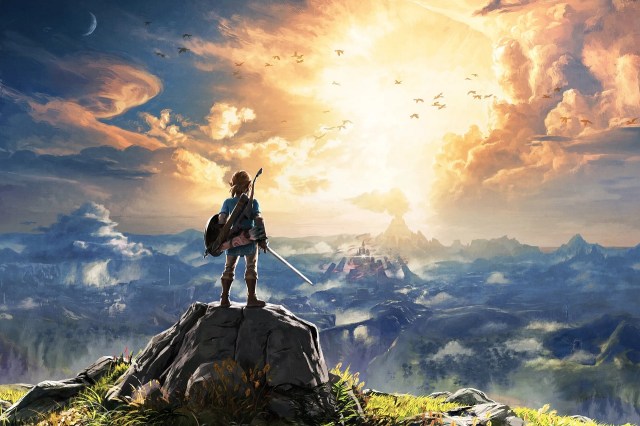
There are over a dozen original main series titles in The Legend of Zelda series, with releases as far back as 1986 and as new as 2024.
In addition to the original titles, Nintendo has also released several remakes, which include quality-of-life changes, optimization, and graphics updates. One title also has a Master Quest version, and one bundle of two titles was also promoted as a separate release.
| Release Year | Game Title |
| 1986 | The Legend of Zelda |
| 1988 | Zelda II: The Adventure of Link |
| 1991 | The Legend of Zelda: A Link to the Past |
| 1993 | The Legend of Zelda: Link’s Awakening |
| 1998 | The Legend of Zelda: Ocarina of Time |
| 2000 | The Legend of Zelda: Majora’s Mask |
| 2001 | The Legend of Zelda: Oracle of Seasons |
| 2001 | The Legend of Zelda: Oracle of Ages |
| 2002 | The Legend of Zelda: The Wind Waker |
| 2004 | The Legend of Zelda: Four Swords Adventures |
| 2004 | The Legend of Zelda: The Minish Cap |
| 2006 | The Legend of Zelda: Twilight Princess |
| 2007 | The Legend of Zelda: Phantom Hourglass |
| 2009 | The Legend of Zelda: Spirit Tracks |
| 2011 | The Legend of Zelda: Skyward Sword |
| 2013 | The Legend of Zelda: A Link Between Worlds |
| 2015 | The Legend of Zelda: Tri Force Heroes |
| 2017 | The Legend of Zelda: Breath of the Wild |
| 2023 | The Legend of Zelda: Tears of the Kingdom |
| 2024 | The Legend of Zelda: Echoes of Wisdom |
Many of the original titles have been made available on earlier versions of Nintendo consoles in their non-remade forms. Thanks to the various virtual console modes on the Wii, WiiU, 3DS, and Switch, you can enjoy certain classic Zelda titles without needing a retro console.
From the original Legend of Zelda to the award-winning Tears of the Kingdom, here is a complete list of all the main series Zelda titles.
Zelda titles from 1986-1993: The Legend of Zelda, Zelda II, A Link to the Past, and Link’s Awakening
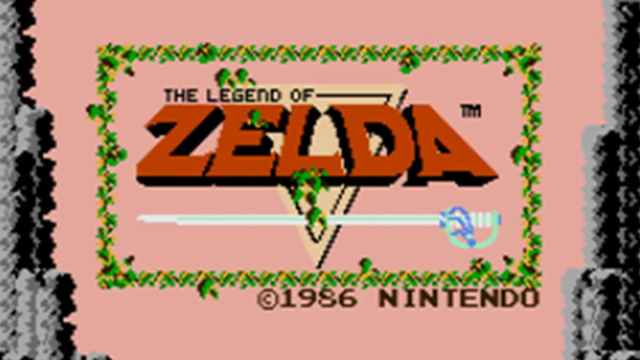
The original The Legend of Zelda is what started it all for the franchise. Published in 1986 in Japan for the Famicom Disk System and then a year later for the Nintendo Entertainment System worldwide, the original game focuses on Link, our forever hero, as he ventures to complete the pieces of the Triforce. The game is known for its tremendous difficulty, having even been packaged with a map for the North American release.
The Legend of Zelda has been re-released on the Wii, WiiU, and 3DS virtual consoles and the Nintendo Switch Online platform, so if you want to challenge yourself by attempting a run of the original game, you can do so on Nintendo’s latest consoles.
Zelda II: The Adventure of Link is the next game in the series, and compared to nearly every other title, this one takes a bit of a weird turn. Though the game still focuses on an overall RPG adventure and is a direct sequel to the first game, it utilizes side-scrolling platforming mechanics when Link enters certain instances and fights enemies.
The Legend of Zelda: A Link to the Past was first released in 1991 for the SNES and has updated, colorful graphics in comparison to the first two installments. This is the first game that references two parallel worlds in the Zelda timeline, a key feature that resonates throughout the series’ full timeline.
The Legend of Zelda: Link’s Awakening was then released in 1993, and marked a distinct transition for the series as the first Zelda title for a handheld console.
Zelda titles from 1998-2004: Ocarina of Time, Majora’s Mask, the Oracle games, and Wind Waker
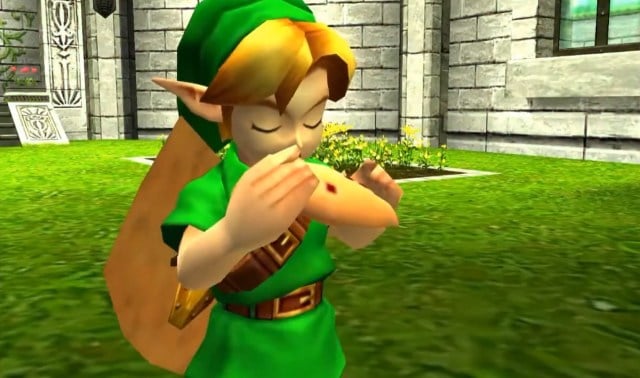
The release of The Legend of Zelda: Ocarina of Time in 1998 marked a major turning point in the series. Ocarina of Time, for the Nintendo 64, was the very first 3D adventure for our green-clad hero. It was the best-selling Zelda game to date and has won several major awards for both game of the year and greatest game of all time.
An especially difficult version of Ocarina of Time was released, called the Master Quest version, which greatly enhances the challenges Link faces as he traverses Hyrule.
In contrast to Ocarina of Time’s bright story that follows a young Link traveling through time to defeat Ganon, The Legend of Zelda: Majora’s Mask was a complete shift. Majora’s Mask is considered one of the darkest Zelda games to date and introduces an alternate timeline where Link’s previous adventure didn’t go as planned. The game was built using much of the same engine as Ocarina of Time, so the mechanics, UI, and console are the same, despite being released two years later in 2000.
Both Ocarina of Time and Majora’s Mask made their way to the 3DS with remakes in 2011 and 2015 respectively. The remakes include quality-of-life changes, like reducing the pain of Ocarina’s famous Water Temple, and graphical updates.
The Oracle games—The Legend of Zelda: Oracle of Seasons and The Legend of Zelda: Oracle of Ages—are a pair of games that add to the series’ handheld library. Released in 2001 for the Game Boy Color, the games brought the tone up slightly from a terrifying adventure in Majora’s Mask.
Following the Oracle games was The Legend of Zelda: The Wind Waker, released for the GameCube in 2002. This game features a distinct graphic style that is more animated and almost feels comic-book-esque, earning it a place among some of the most beloved Zelda titles.
Zelda titles from 2006-2015: Twilight Princess, Nintendo DS games, and Skyward Sword

After Wind Waker came two lesser-known games in the franchise: The Legend of Zelda: Four Swords Adventures and The Legend of Zelda: The Minish Cap. Four Swords Adventures was the first multiplayer game in the series, introducing a mechanic that split Link into four versions of himself. Up to four players could adventure together in this 2004 GameCube release. The Minish Cap is a lighthearted portable adventure for the Game Boy Advance that shrunk Link down to a minuscule size.
The Wii’s The Legend of Zelda: Twilight Princess was released in 2006 for the GameCube and Wii and again marked a distinct shift in tone. Twilight Princess was the first game that earned a Teen rating and was released as an HD version for the WiiU in 2016.
The next two games in the series are usually remembered as a pair. The two original Nintendo DS titles in the Zelda franchise were The Legend of Zelda: Phantom Hourglass and The Legend of Zelda: Spirit Tracks. Both games use visual elements similar to The Wind Waker, and like many games released at that time, used the DS’ touch screen.
The Legend of Zelda: Skyward Sword is an important entry to the franchise because, in terms of the Zelda universe’s timeline, this game marks the very beginning. We learn the origin story of Link, commonly referred to as the Hero of Time, and the events that take place before his original adventure. The game was updated for the Switch as an HD version in 2021, ten years after the original Wii release.
2013’s The Legend of Zelda: A Link Between Worlds expands on the parallel world concept introduced in A Link to the Past with an adventure with a unique art style for the 3DS. In 2015, as the Zelda series last release for the 3DS, Nintendo released The Legend of Zelda: Tri Force Heroes, another multiplayer game that builds on mechanics utilized in Four Swords Adventures.
Zelda titles from 2017-present: Breath of the Wild, Tears of the Kingdom, Echoes of Wisdom
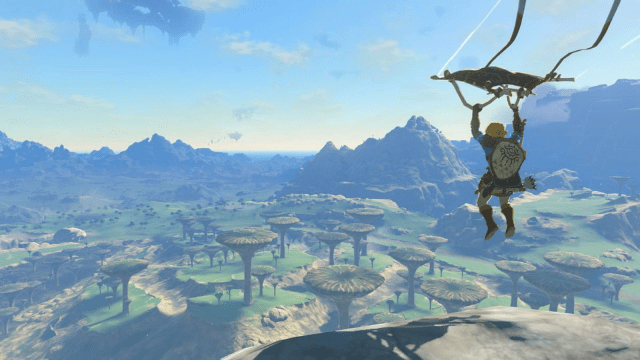
The two most recent Zelda games may be some of the series’ most prolific. The Legend of Zelda: Breath of the Wild was released as a Nintendo Switch launch title in 2017 and quickly was regarded as one of the best games on the market. It was the first Zelda game to feature an open world, which capitalizes on a common theme throughout the entire series: adventure.
After Breath of the Wild’s success, its sequel, The Legend of Zelda: Tears of the Kingdom, was released earlier in 2023. It builds on the mechanics of Breath of the Wild while also bringing back dungeons, a core aspect of the series that was missed in the 2017 release, and also featuring Princess Zelda.
The final game on our list is Zelda: Echoes of Wisdom, which was released in 2024. It was the first mainline series game to have you play as Zelda over Link and forced you to think strategically about puzzle wording without your trusty sword and shield at your disposal.
In addition to all the main series titles and their remakes, several spin-off games have also been released. These include the infamous Link’s Crossbow Training and the Hyrule Warriors games.


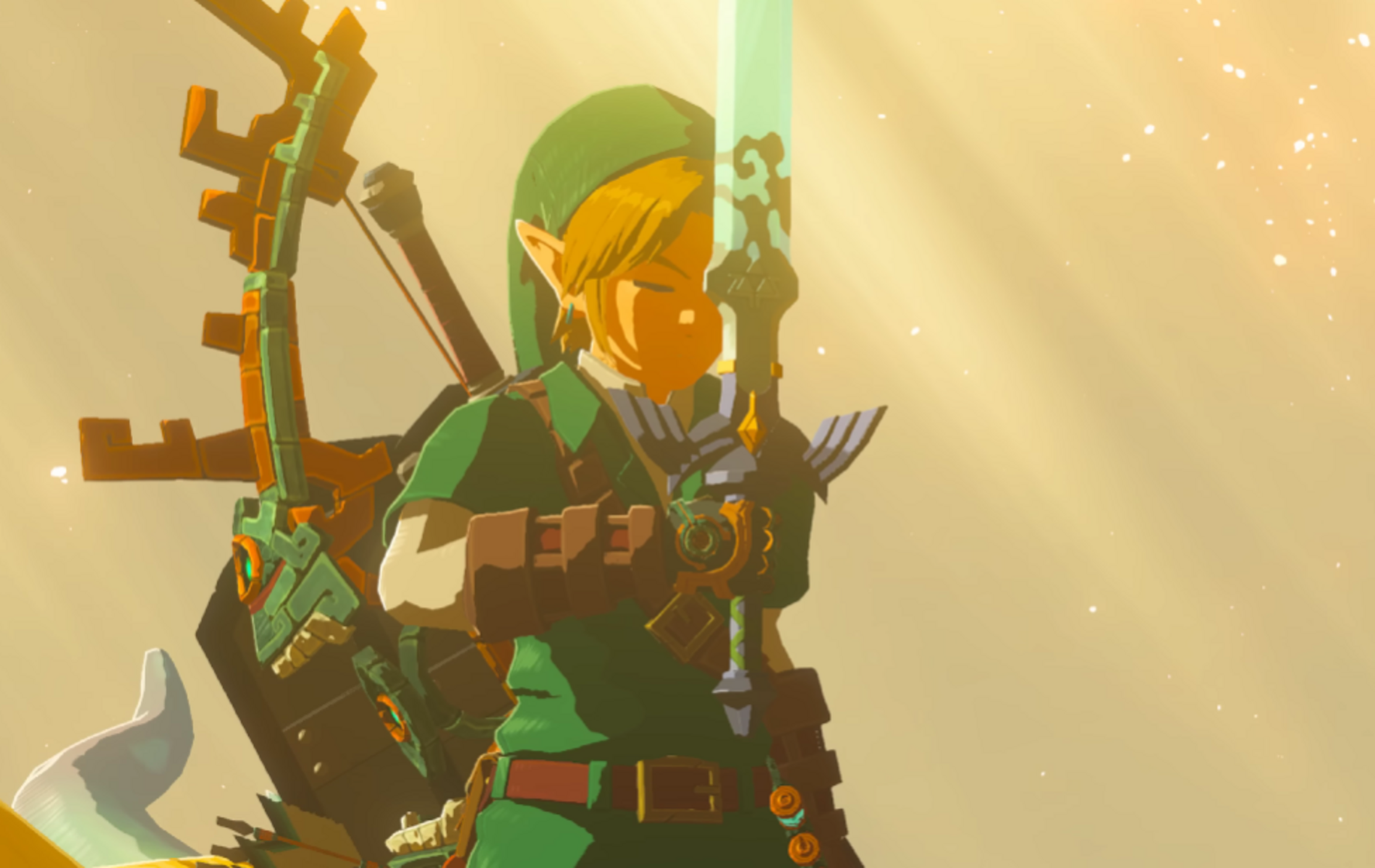
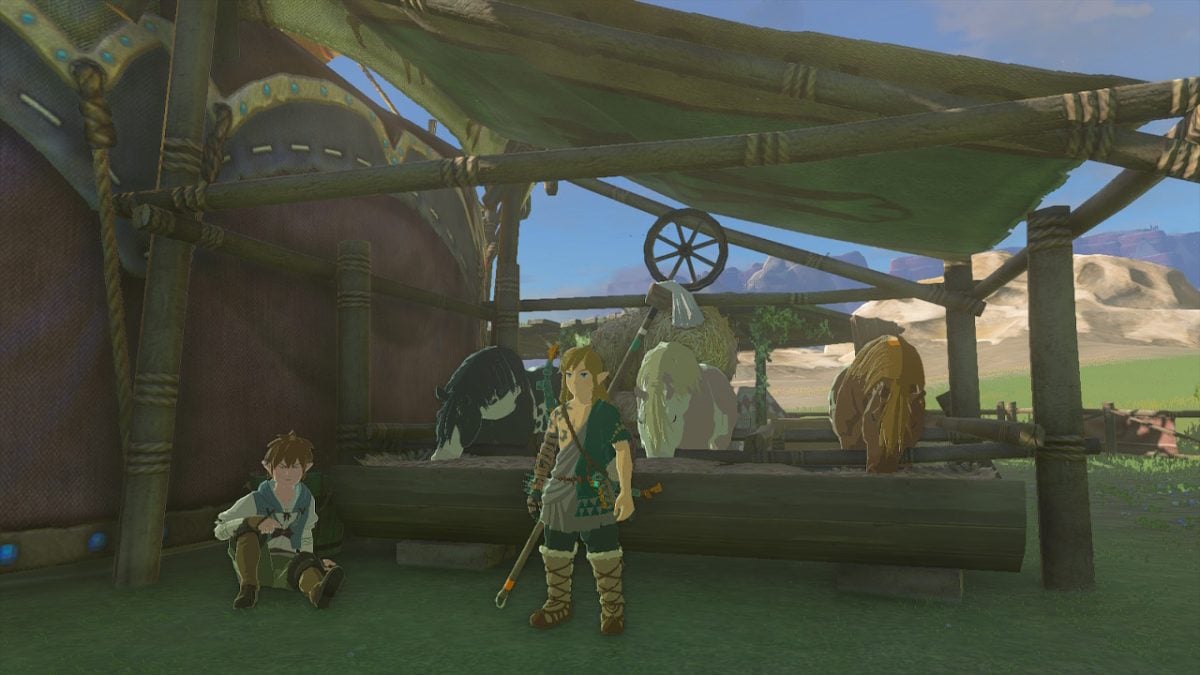
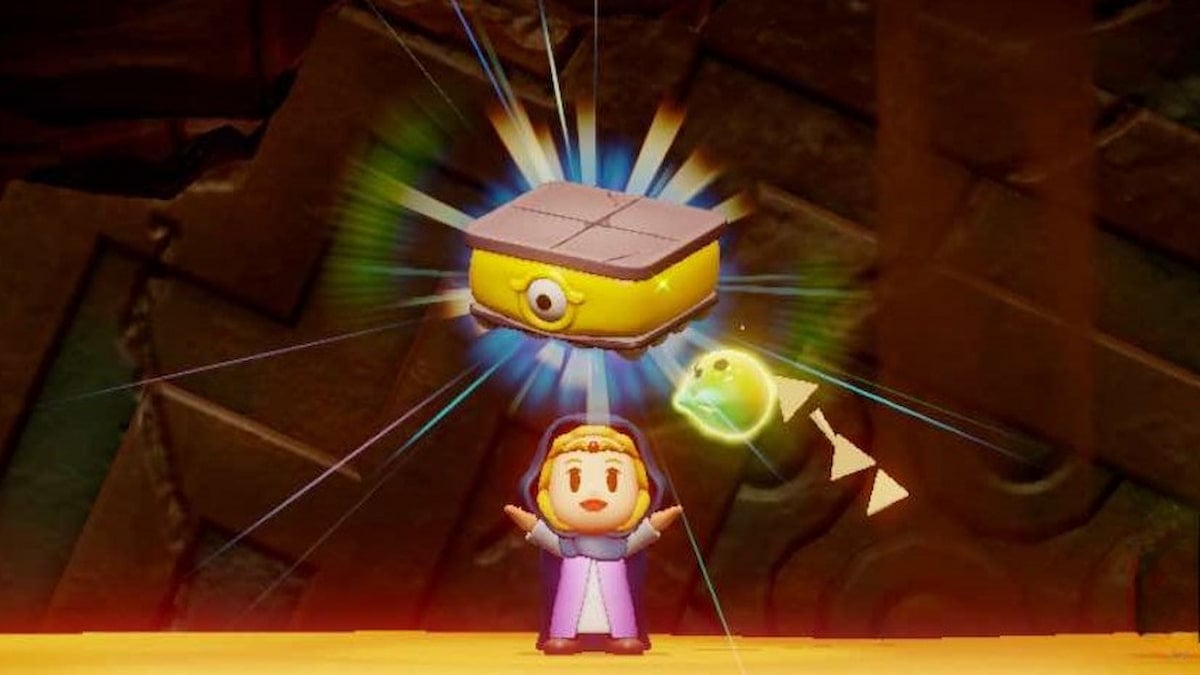
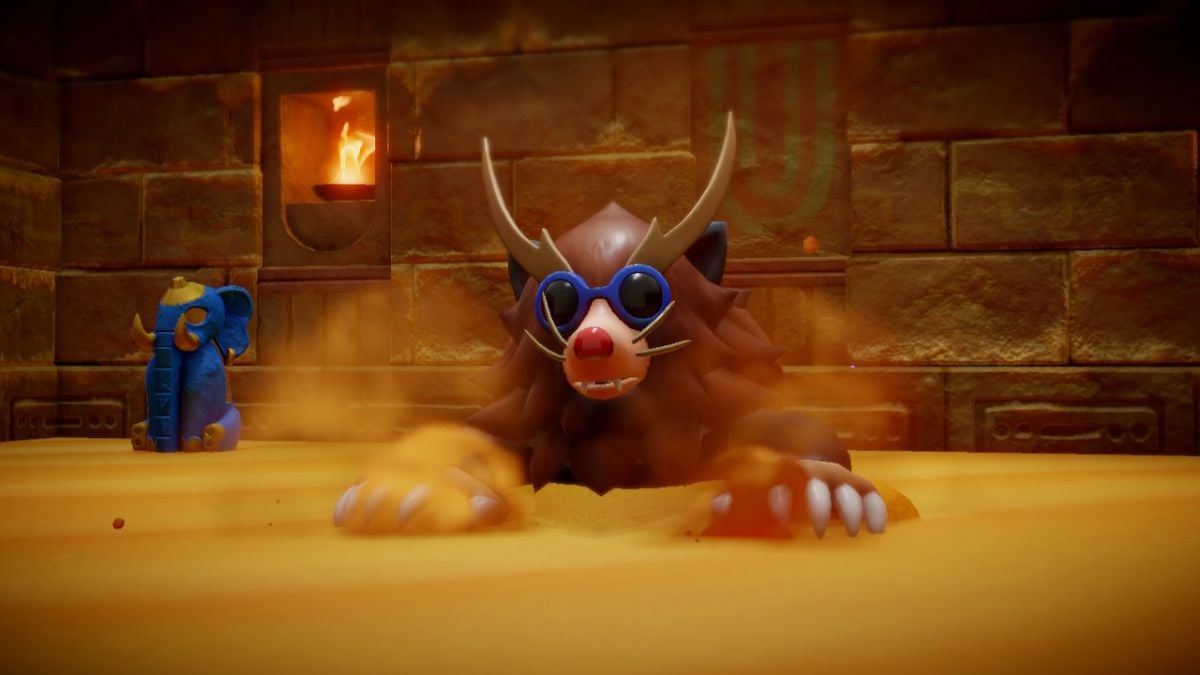
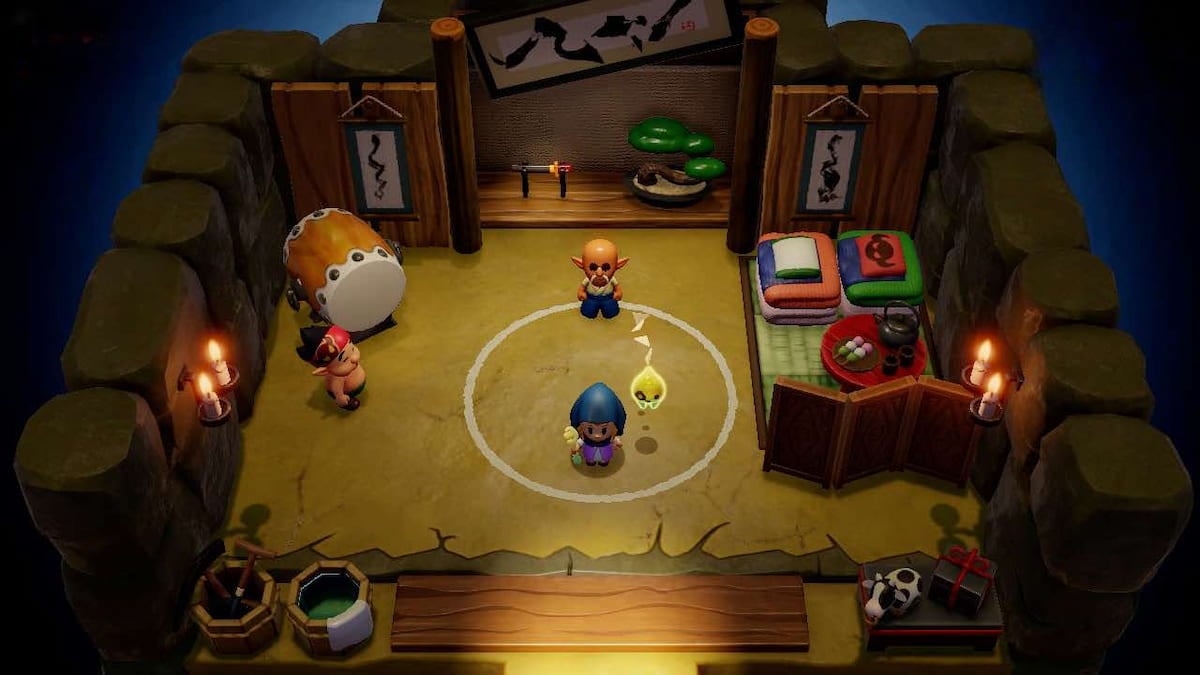
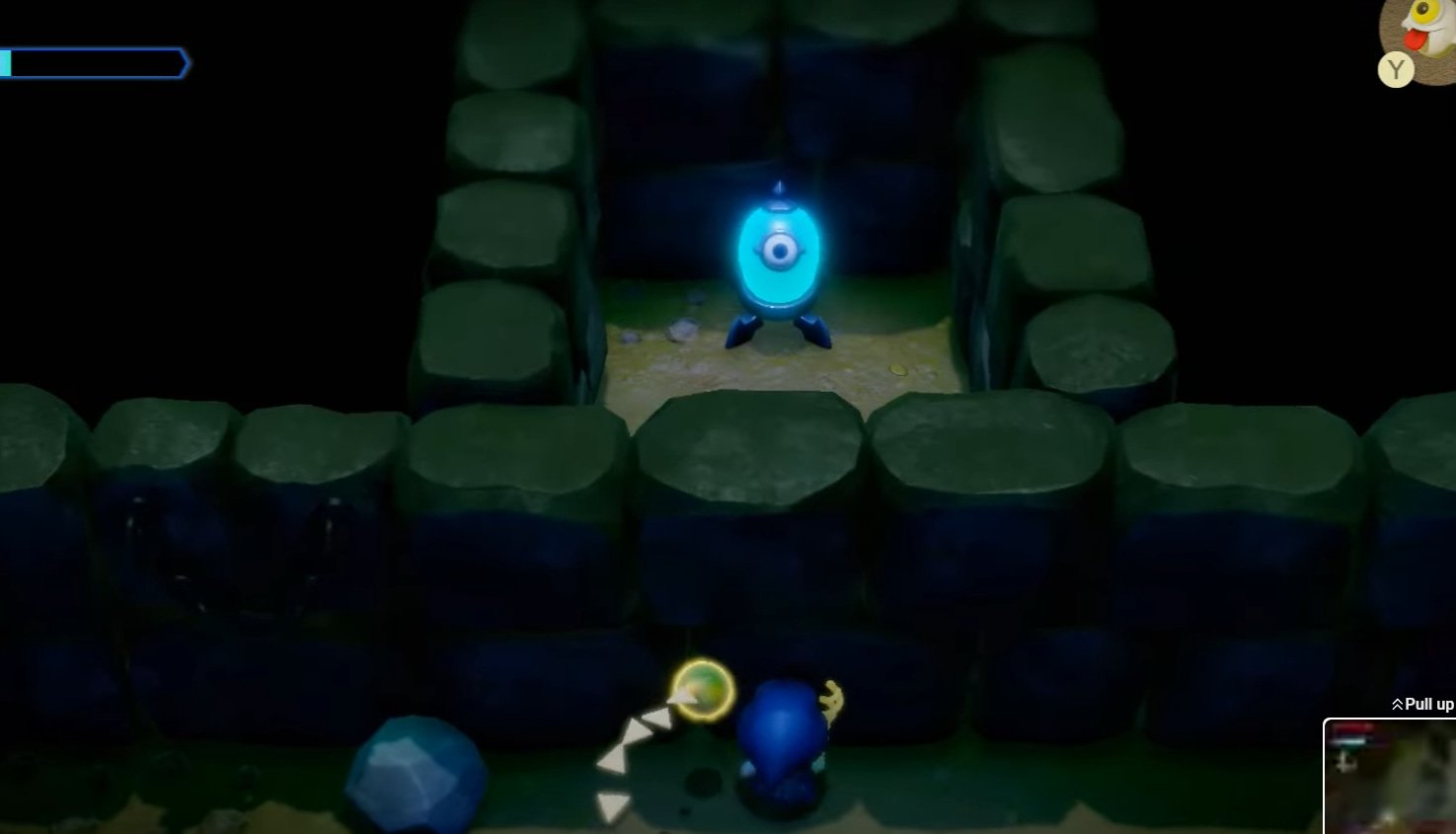
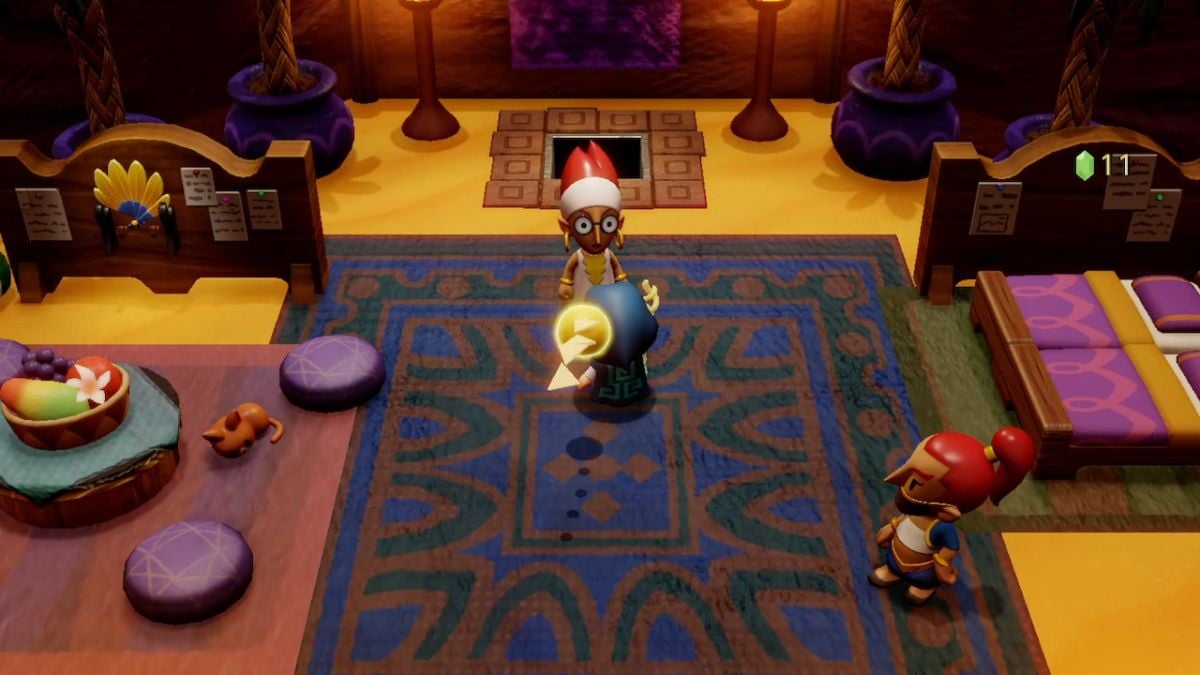
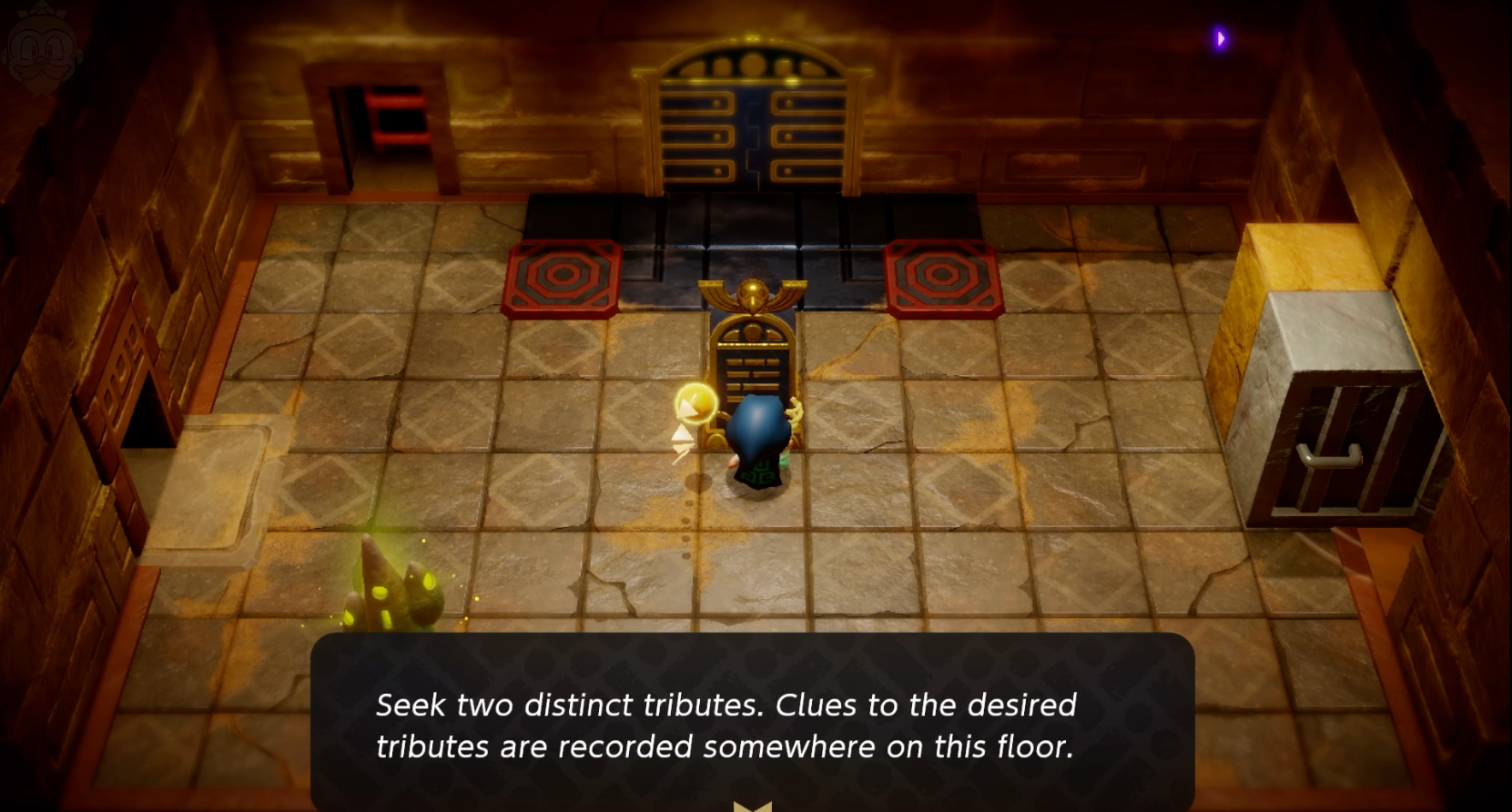
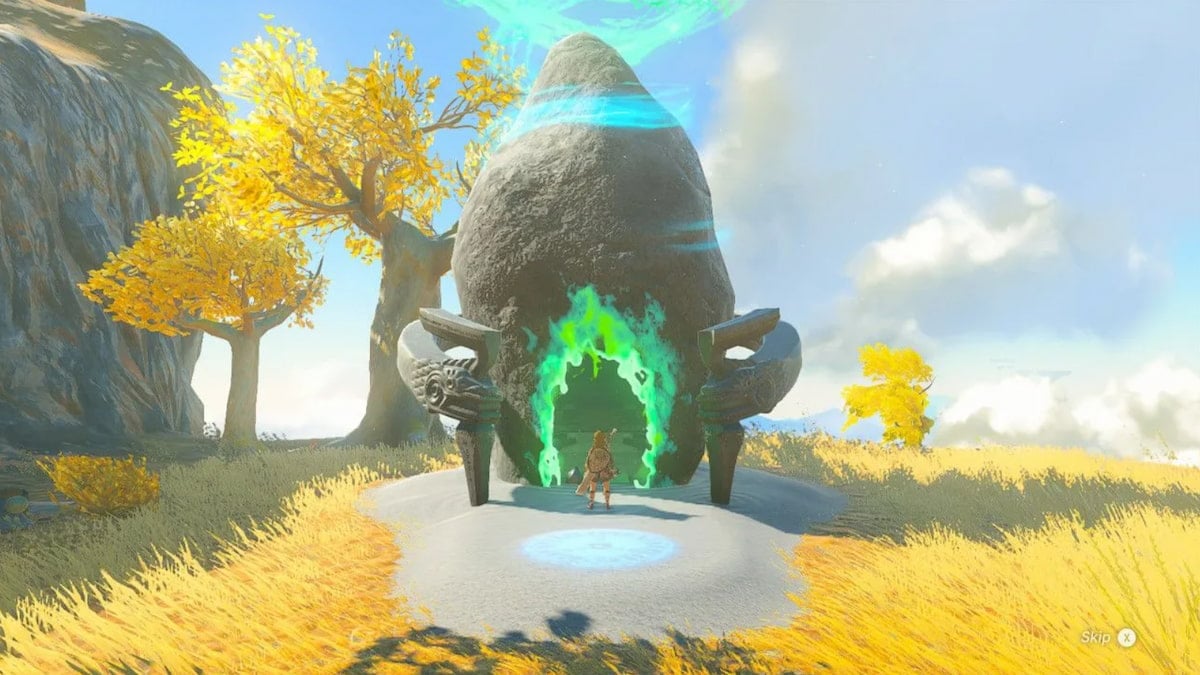
Published: Sep 28, 2024 03:54 am